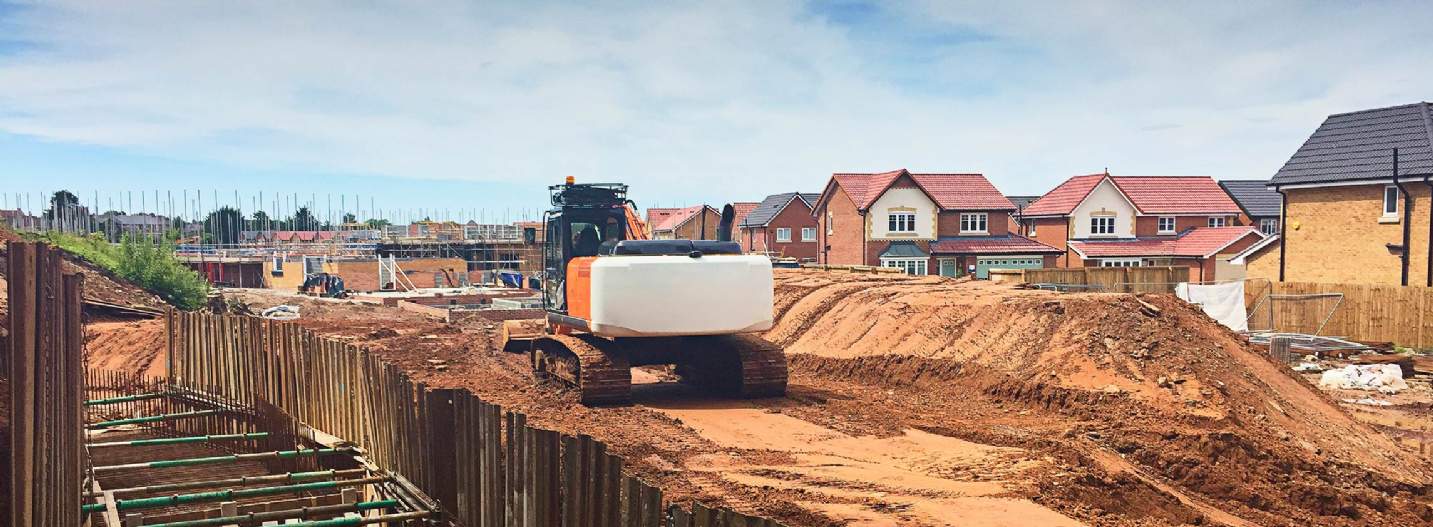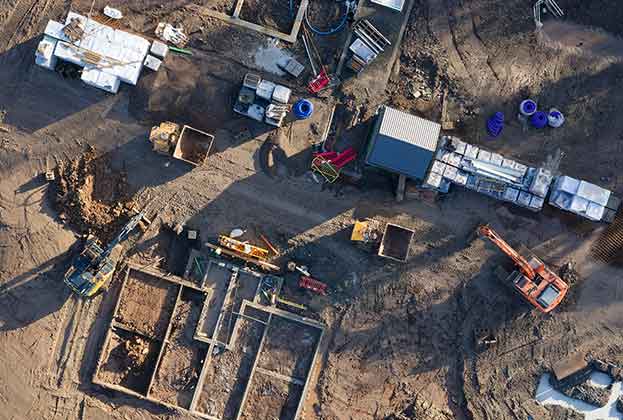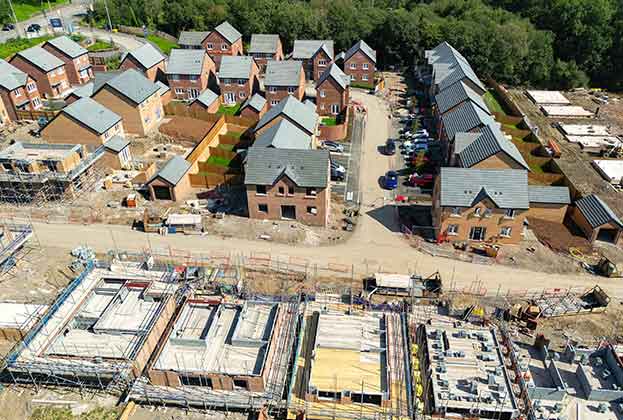Section 106 housing has been the single largest method of delivering affordable homes in recent years and also accounts for an important share of total new home delivery
A scarcity of buyers for Section 106 stock has bigger implications than just a drop in affordable delivery. It has the potential to disrupt wider housebuilding, as it prevents developers progressing on sites with a Section 106 obligation. This is because some planning obligations require affordable homes to be occupied before private homes can be completed and before starting construction on new phases of a scheme. In some instances, private developers are unable to access development finance, progress on site, or even complete a land deal without a Section 106 partner in place.
The scale of the issue
Total new build affordable housing delivery in England reached just over 58,000 homes in the year to March 2023, the highest rate recorded in the past eight years. Section 106 affordable housing delivery contributed just under 50% of all affordable completions in 2022–23, and has been the single largest method of delivering affordable homes in England every year since 2015–16, accounting for at least 40% of affordable supply every year. The majority of homes built through this route do not receive any grant finance, and are instead subsidised by private development activity.
Section 106 homes also account for a notable share of total new home delivery. Delivery peaked last year against this metric, with 28,500 homes delivered through Section 106 making up over 12% of net additions to dwelling stock nationally. Without the route to market provided by buyers of Section 106 stock, both affordable and overall housing delivery in England will shrink considerably.
Local authority provision
Local authorities are trying to build in requirements for Section 106 through Local Plans. Based on data covering a third of local authorities, excluding London, the minimum average threshold for homes delivered as Section 106 affordable is c.23%. The London Plan sets a threshold of 35% affordable to progress through the Fast Track Planning route. There are aspirations through Local Plans to continue high volumes of Section 106 delivery – but our survey shows that, without flexibility, there is a risk that consents granted under these plan requirements won’t be deliverable.
Varied levels of risk
The impact on the development pipeline will not be felt uniformly across the country. Regionally, the highest volumes of Section 106 have been built in markets across the south of England. Over the past five years, almost 56,000 Section 106 homes have been delivered across London and the South East. This amounts to over 11% of net additional dwellings delivered in London, and over 15% of those delivered across the South East.
For areas further North, where development viability is more challenging, Section 106 delivers far less housing, making up a much smaller share of total home completions at a regional level. Over the past five years, just over 2,800 new homes in the North East have been delivered via Section 106, accounting for just 6.5% of total delivery.
Although there are some exceptions, the broad trend is that local authorities that have high levels of Section 106 delivery are the areas that have the highest overall volumes of housebuilding. For areas where Section 106 accounts for more than 20% of delivery, average housebuilding is at a rate of 1.4% of existing stock, well above the England average of 0.9%. By contrast, 15 local authorities that have delivered no Section 106 in the last five years are only increasing their housing stock by an average of 0.5% per year. This suggests that a lack of appetite for Section 106 stock will have a disproportionate impact, with locations that make the greatest contribution to overall housebuilding volumes facing the most disruption.
A top down approach
The current lack of appetite for Section 106 has the potential to impact all stages of the development pipeline. With this issue not likely to resolve itself any time soon, the new Government will need to make interventions that are simple, targeted, and fast. In the short term, there is an urgent need for planning flexibility that enables housebuilding to keep going, even if that has a short term impact on affordable housing supply. This will include greater engagement at a local level alongside national solutions. Otherwise there is the increasing risk of sites being stuck in Section 106 obligations and not being able to progress through the pipeline.
Read the articles within Spotlight: The challenges of unlocking Section 106 delivery report below


